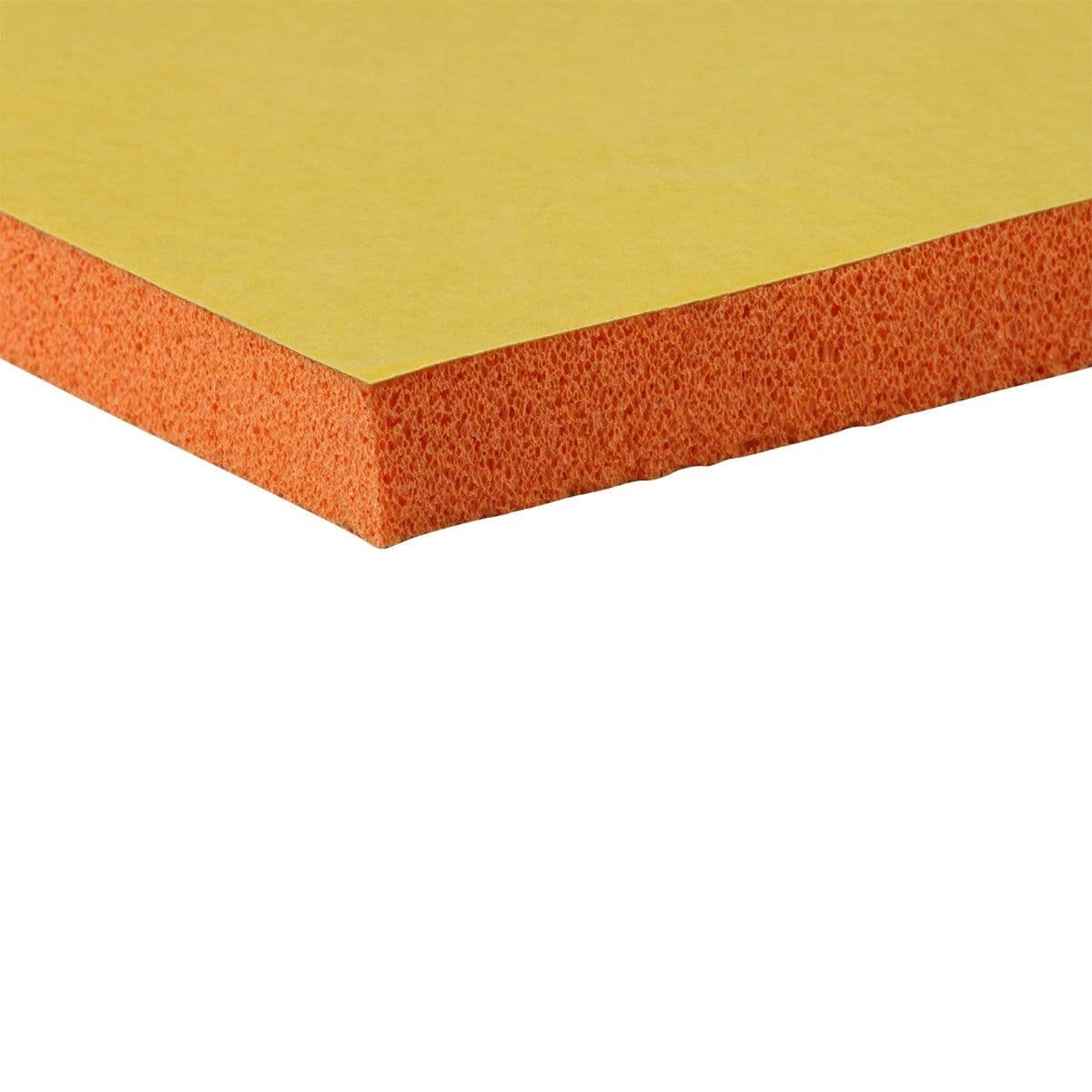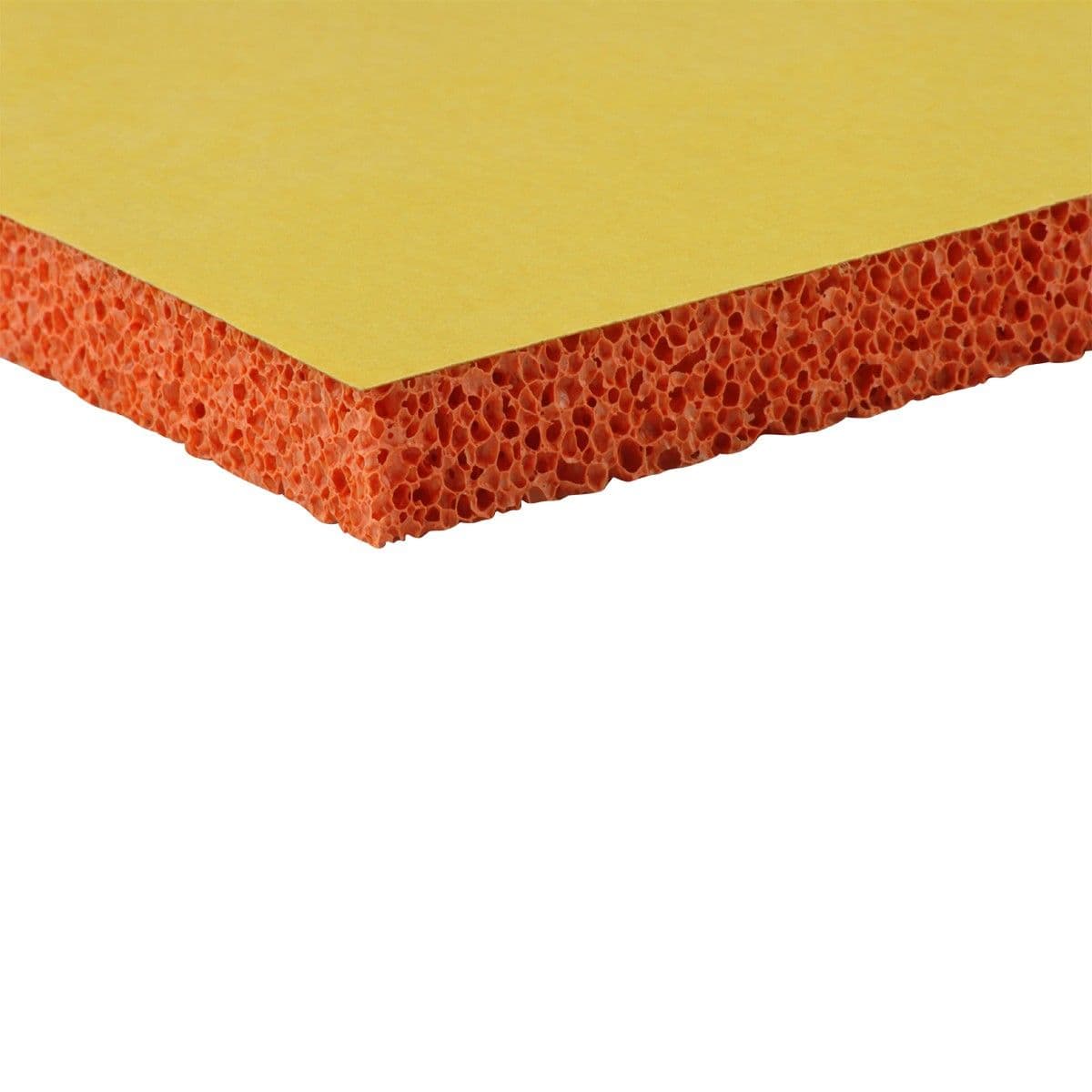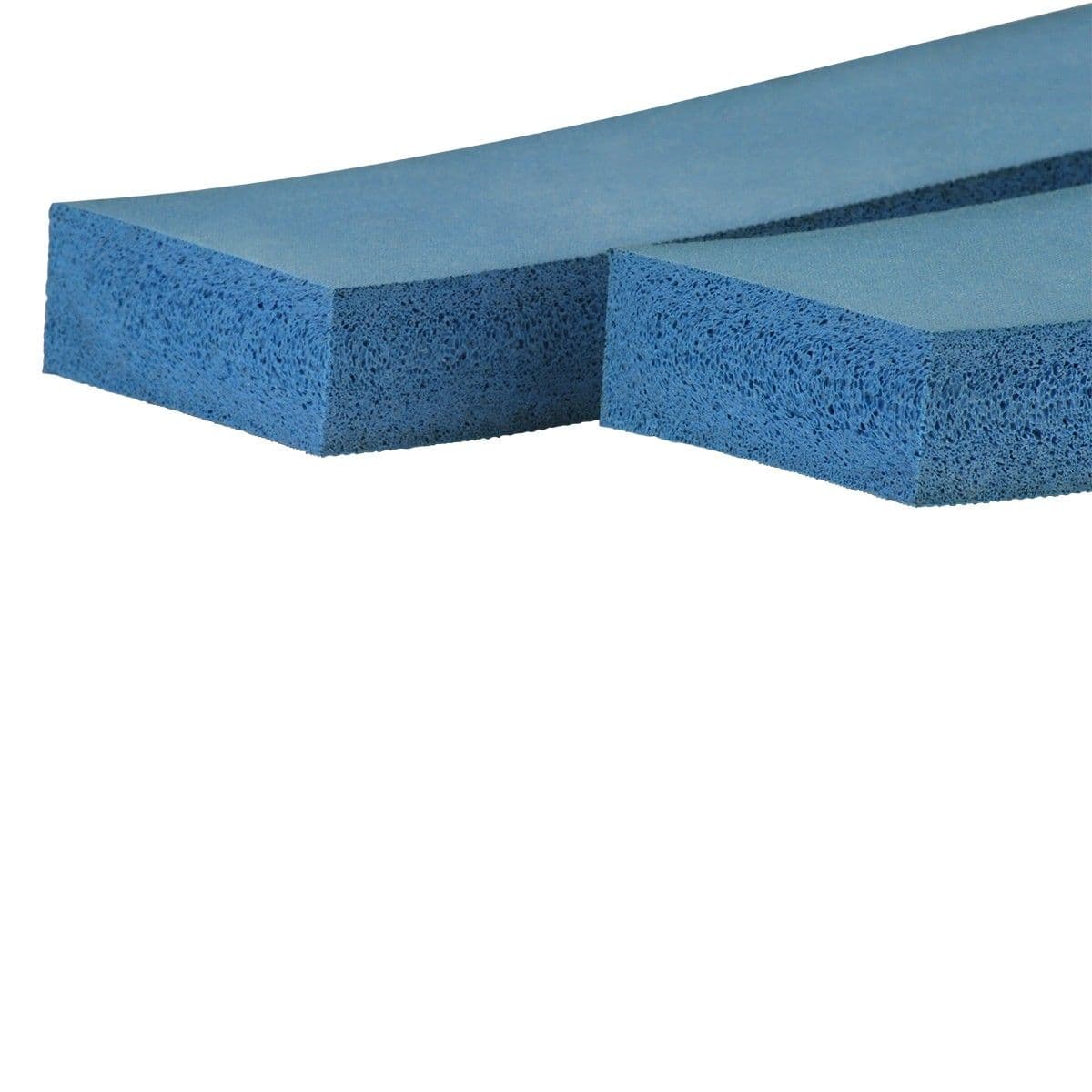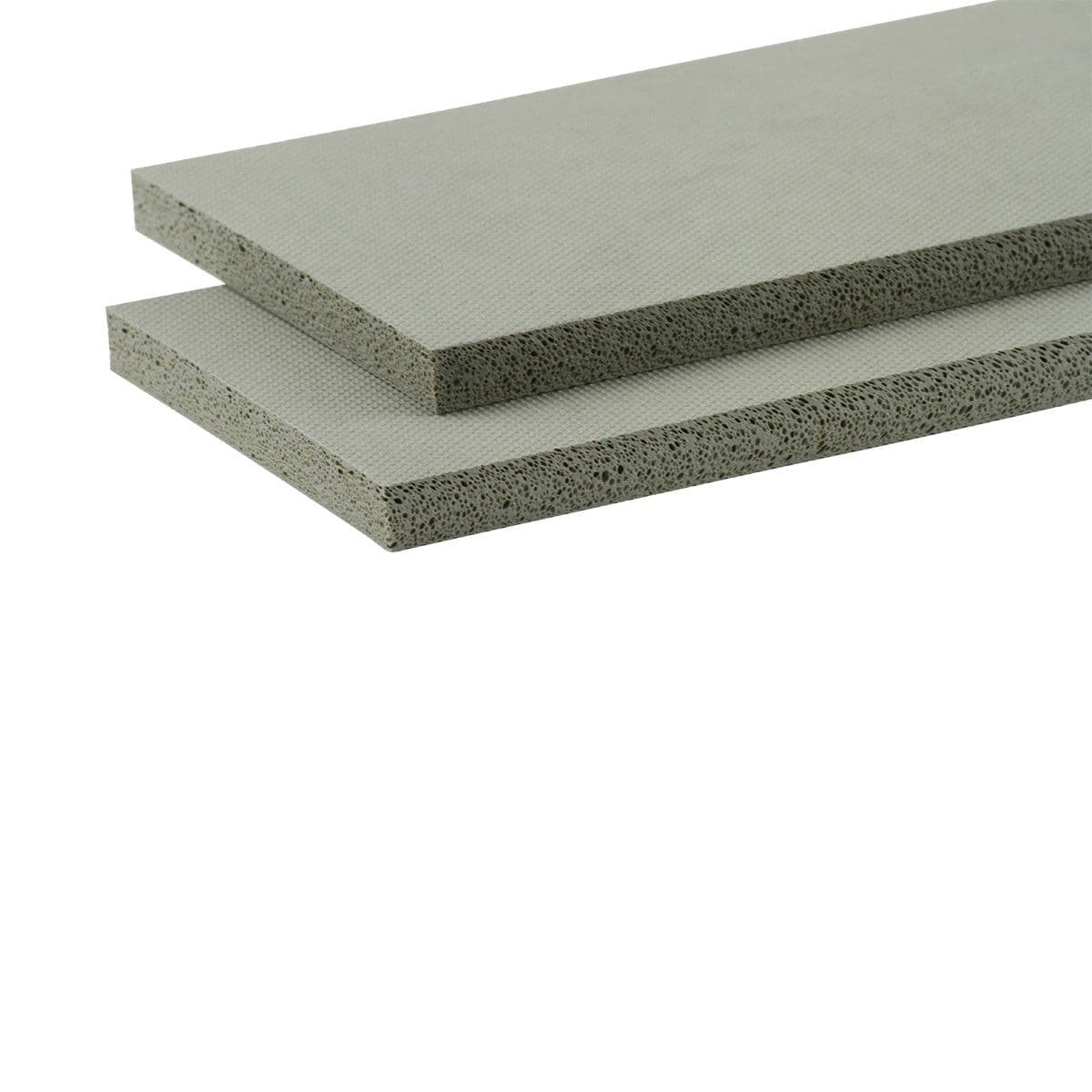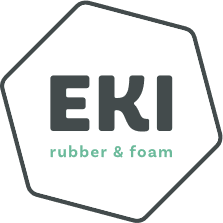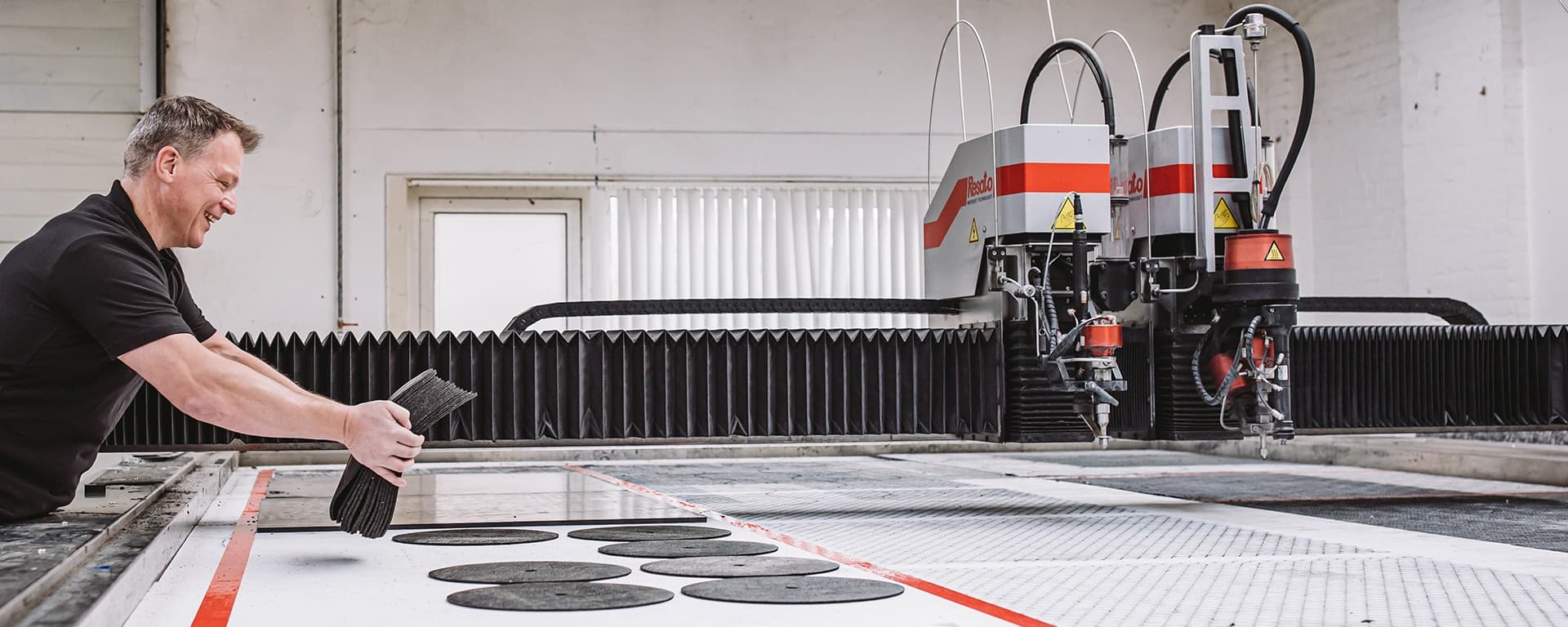
Everything about NR
NR (also known as natural rubber) is one of the two types of rubber in the world: natural and synthetic rubber. EKI supplies two different types of products made from natural rubber (also known as para rubber). On this page, we would like to tell you more about them.
On this page:
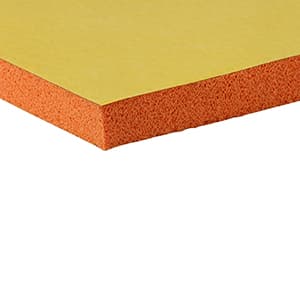

What is natural rubber (NR)?
The two different types of rubber in the world are natural rubber and synthetic rubber. Synthetic rubber is man-made through the process of polymerization. Natural rubber (also known as para rubber) comes from an emulsion of sap (latex) extracted from Brazilian rubber trees. This latex consists of approximately 33% rubber. To turn it into pure rubber, the sap is filtered, diluted with water, and treated with acid. The acid triggers the coagulation of the rubber particles. Once this process is complete, only rubber remains.
Which characteristics does NR have?
Natural rubber has various characteristics, such as excellent mechanical properties. This means that when natural rubber is fully compressed, it will return to its original shape. It is highly resistant to tearing and wear. Additionally, the specific positive properties of natural rubber depend on the product made from it. In some cases, the material is extremely abrasion-resistant and has good fluid absorption.
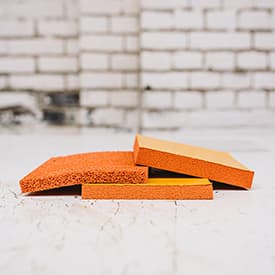
NR products from EKI
Refine your selection:
Selecting multiple choices is possible
What are the different types?
EKI’s range includes two types of natural rubber: NR sponge rubber and NR cellular rubber.
NR sponge rubber, also known as moss rubber, is the most natural variant of all sponge rubbers. Being made from natural rubber, it has the best mechanical properties among moss rubbers. This means that even after being fully compressed, NR sponge rubber will return to its original shape, no matter how often it’s compressed. Additionally, it is soft, elastic, and known for being highly abrasion-resistant. It’s an open-cell material with a skin around it, but at EKI, the sides of this skin are trimmed, making it not entirely waterproof. Since NR sponge rubber is made from natural rubber, it is less resistant to ozone and UV radiation. Some other downsides include its faster aging and lack of flame resistance. However, the material performs well under frequent use in low temperatures and is resistant to alkalis.
Another material made from natural rubber is NR cellular rubber, also known as Schwammgummi. Like NR sponge rubber, it has good mechanical properties but is not completely waterproof and even absorbs liquids. NR cellular rubber doesn’t have the same weather resistance as other cellular rubbers but offers excellent elasticity, making it tear-resistant and highly deformable. NR cellular rubber comes in various hardnesses and densities, making it a versatile material.
How is NR applied?
NR sponge rubber can be used in various applications, particularly where good mechanical properties are required. It is well-suited for technical applications as well as in the food industry. For instance, NR sponge rubber is commonly used in processes such as washing and rinsing potatoes or labelling wine bottles. It is also ideal as filler material for cutting dies or as a cushioning material in storage areas to absorb vibrations. NR cellular rubber is a highly versatile material, making it applicable in numerous fields.
It is used to make vacuum pads and foam pads, for example. When shaped into a ball, it can be employed for cleaning pipes, including concrete pumps and milking machines in the dairy industry. Another application of NR cellular rubber is as a pressing roller in labelling machines. Due to its sponge-like properties, cellular rubber was historically used for moistening postage stamps, preventing the need to lick each stamp individually. Its high liquid absorption capacity made it perfect for this task, as it stays wet for a long time—an ideal characteristic for pasting stamps.
Natural rubber is also found in a wide variety of products such as car tires, conveyor belts, belts, seals, shoe soles, elastic bands, adhesives, and various latex products like balloons, surgical gloves, and condoms.
In which EKI products is NR used?
EKI supplies natural rubber in sheets, strips, rings, blocks, frames, and other shapes. All our products are of high quality and can be delivered in standard sizes or custom-made. We offer both large and small quantities, always with a short delivery time across Europe, regardless of the order size.
For our NR sponge rubber, you can choose from the colours grey (EKI 1109), black, and blue (EKI 248). Additionally, our NR cellular rubber is available in orange and in various densities, including EKI 918, EKI 958, and EKI 978. We can custom-make this cellular rubber in various forms and thicknesses.
Frequently asked questions
Receiving advice on NR?
Do you have questions about NR or their application for your business? Please let us know using the form below. Our team of specialists will be happy to think along with you.


